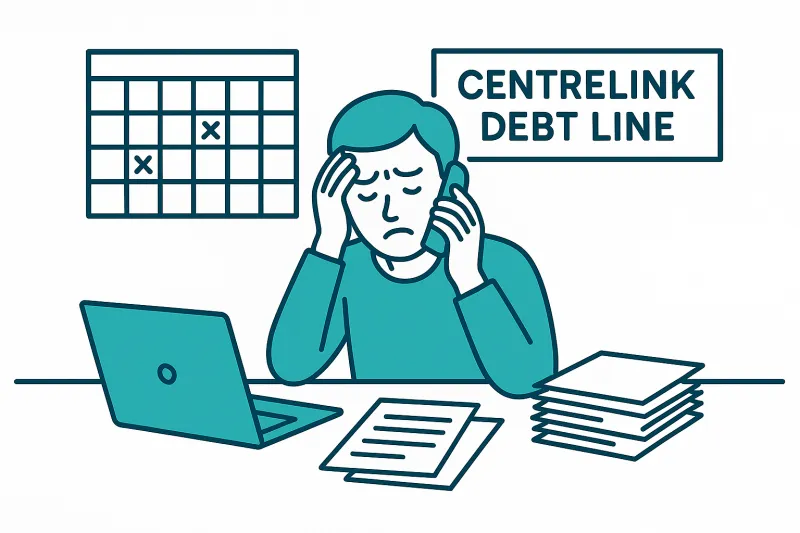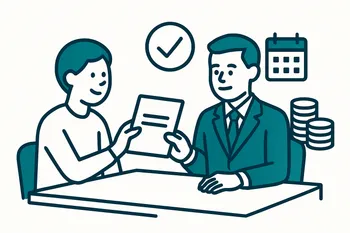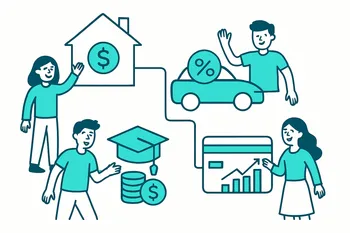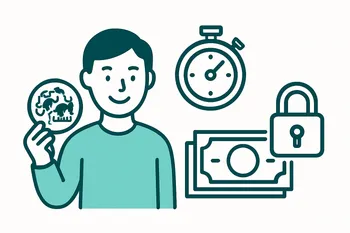Understanding the Centrelink Debt Line: What You Need to Know
- Personal Finance
- 02 Mins read

Introduction to the Centrelink Debt Line
The Centrelink Debt Line is a crucial service for Australians who receive government payments. It helps individuals manage any debts accrued through their engagements with Centrelink, the agency responsible for welfare services. If you have questions about how the debt line works, you're not alone. In this guide, I'll explain how the system functions, what you need to know about your obligations, and how to effectively manage potential debts.
Understanding How the Debt Line Works
Centrelink debts can occur due to overpayments, incorrect information, or changes in your circumstances that affect your entitlements. The Centrelink Debt Line is your go-to resource for addressing these issues. By contacting the service, you can understand your debt status, seek clarification, and arrange manageable repayment options.
What Causes Centrelink Debts?
Centrelink overpayments happen for a few reasons:
- Income Changes: If your earnings increase and you don't report it, you might receive more benefits than eligible.
- Family or Living Circumstances: Marriages, divorces, or changes in household setup might affect your payments.
- Administrative Errors: Mistakes on Centrelink’s part, though less common, can lead to overpayments.
Key Takeaway: Always keep Centrelink updated to avoid unintentional debts.
Steps to Manage Your Debt
Taking charge of your Centrelink debt is feasible. Here are steps you can follow:
Contact the Debt Line: Start by calling the Centrelink Debt Line. They’re equipped to assist you with specifics about your debt situation.
Understand Your Statement: Review your debt notice carefully to know how much you owe and why.
Discuss Repayment Options: Centrelink offers several ways to repay your debt, including lump-sum payments and installment plans.
Request a Review: If you believe there’s been an error, you can ask for a review. Centrelink is bound by fairness principles to reassess if required.
"In my ten years as a mortgage broker, I've found communication is key. Always stay informed and proactive about financial obligations." - Nathan Smith
Case Study: Managing Debt Effectively
Meet Jane, who found herself in debt after a pay rise at work. Misunderstanding her obligations, she failed to report the increase. Jane contacted Centrelink, who helped her set up a manageable repayment plan. By prioritizing this debt, Jane paid it off in a year.
Lesson Learned: Regular updates to Centrelink and understanding your obligations can prevent debt accumulation.
Recognizing Financial Strain
Mounting debts can feel overwhelming. Recognize if you need additional support:
- Seek Financial Counseling: Free services such as National Debt Helpline can offer impartial advice.
- Utilize Online Resources: ASIC's MoneySmart offers tools to manage your finances and create budgets.
- Emotional Support: Balancing emotional well-being is vital. Services like Beyond Blue provide 24-hour support.
FAQs About Centrelink Debts
Q: What if I can't afford the repayments?
A: Centrelink can adjust your repayment plan to better suit your financial situation. Never hesitate to discuss options with the Debt Line.
Q: Can I travel abroad if I have a debt?
A: While debts need addressing, they don't directly restrict overseas travel. However, intentional non-payment may cause issues.
Conclusion: Staying On Top of Your Finances
Staying informed and proactive is the best approach to effectively managing any Centrelink debt. Regularly review your financial situation and keep Centrelink informed of changes. By using the Debt Line's resources, you can handle debts responsibly and maintain financial stability.



